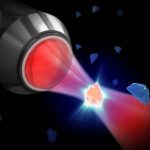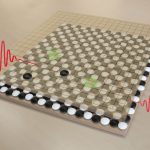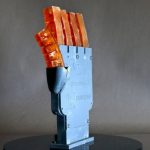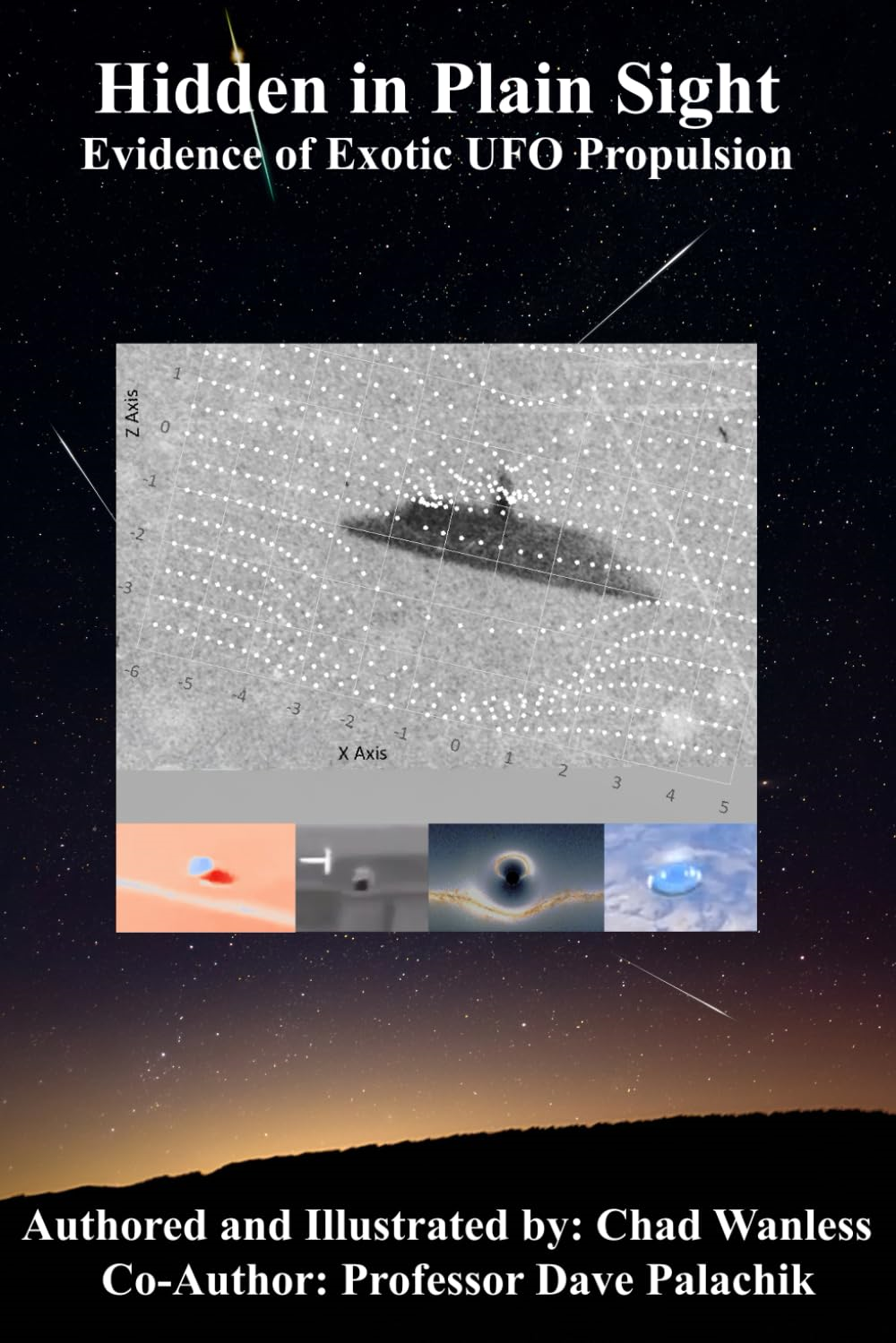MICE brings muon collider closer to reality0
- From Around the Web, Science & Technology
- February 7, 2020
Scientists have announced a breakthrough that could be key to the creation of a powerful new kind of particle collider.

Scientists have announced a breakthrough that could be key to the creation of a powerful new kind of particle collider.

These supremely stable particles could explain dark matter.

Physicists have now cooled beams of the subatomic particles

Physicists will try to observe quantum properties of superposition—existing in two states at once—on a larger object than ever before

In physics, there are very different types of particles: Elementary particles are the fundamental building blocks of matter. Other particles, such as atoms, are bound states consisting of several smaller constituents. And then there are so-called “quasi-particles”—excitations in a system that consists of many particles, which in many ways behave just like a particle themselves.

Evolution is an ongoing process, although many don’t realize people are still evolving.

The submarine robot, Icefin, was dropped in a 700-meter deep ice hole through the efforts of the MELT Project scientists assigned in the Thwaites Glacier in Antarctica.

Source: Science Magazine For 10 years, geneticists have told the story of how Neanderthals—or at least their DNA sequences—live on in today’s Europeans, Asians, and their descendants. Not so in Africans, the story goes, because modern humans and our extinct cousins interbred only outside of Africa. A new study overturns that notion, revealing an unexpectedly

The work is the first step in creating robots that can operate for extended periods without overheating.

The particle’s motion reached the lowest level allowed by the Heisenberg uncertainty principle



